Lemons, also known as Citrus ×limon, are not just your average fruit. They come from a small tree or spreading bush that belongs to the rue family (Rutaceae). This citrus fruit is not only delicious but also versatile in its uses. Lemon cultivation is the art of growing and nurturing Lemon trees to produce this vibrant citrus fruit.
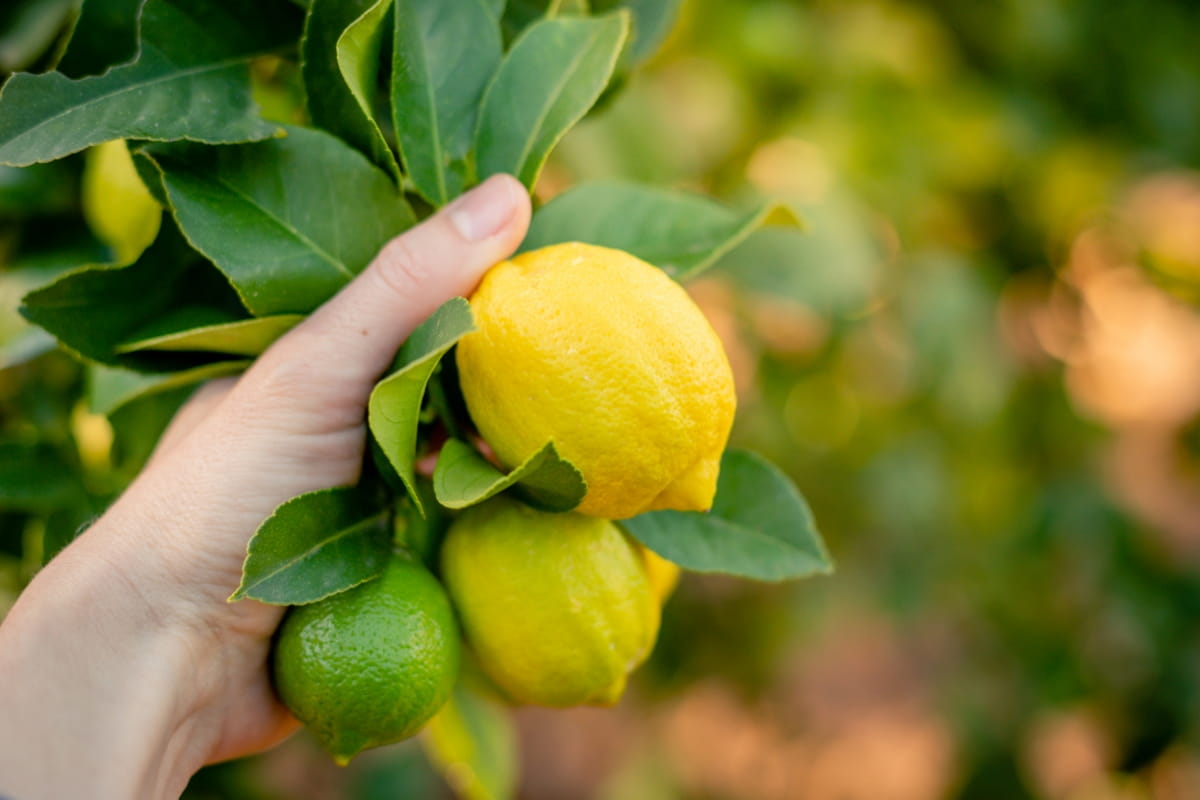
Varieties of Lemon
Numerous lemon varieties are cultivated worldwide, each with its own characteristics in terms of flavor, size, color, and adaptability to different climates. The popular variety is the Eureka Lemon, known for its bright yellow color and tangy taste. Another well-known variety is the Lisbon Lemon, which is similar to the Eureka but tends to have fewer seeds. The Lisbon Lemon tree produces an abundance of fruit, making it a preferred choice for commercial growers.
Meyer Lemons are gaining popularity for their sweeter flavor compared to traditional Lemons. These Lemons have thin skins and are often used in desserts and cocktails for a unique twist on classic recipes. Considering these different varieties when planning your Lemon orchard can help you cater to specific market demands and diversify your product offerings. Other Lemon varieties include bearss lemons, Pink Variegated, Primofiori, verna, Gondhoraj, Pat Nebu, Rough Lemon, Nepali Round, Mausambi—sweet Lime, and Nemu Tenga.
Climatic Requirements
Lemons thrive in subtropical and tropical climates with temperatures from 21°C to 37°C. They require plenty of sunlight to grow healthy and productive trees. Lemons are sensitive to frost, so it’s essential to plant them in areas where temperatures do not drop below 10°C. Additionally, they prefer a humid climate but can tolerate dry conditions with proper irrigation.
In regions prone to strong winds or hurricanes, consider planting windbreaks around your Lemon orchard to protect the trees from damage. Adequate shelter will help ensure your Lemon trees remain healthy and continue bearing fruit throughout the year.
Soil Requirements and Preparation
Lemons thrive in well-draining, slightly acidic soils with a pH level between 5.5 and 6.5. Before planting your Lemon trees, take the time to prepare the soil properly by incorporating organic matter such as compost or well-rotted manure. This helps improve soil structure, fertility, and water retention capacity. Avoid waterlogged or compacted soils, as they can lead to stunted growth in Lemon trees. Make a soil test to determine nutrient levels and adjust accordingly with the appropriate fertilizers.
In case you missed it: Best 20 Lemon Varieties: Sweet, Large, and Rare High Yield Cultivars
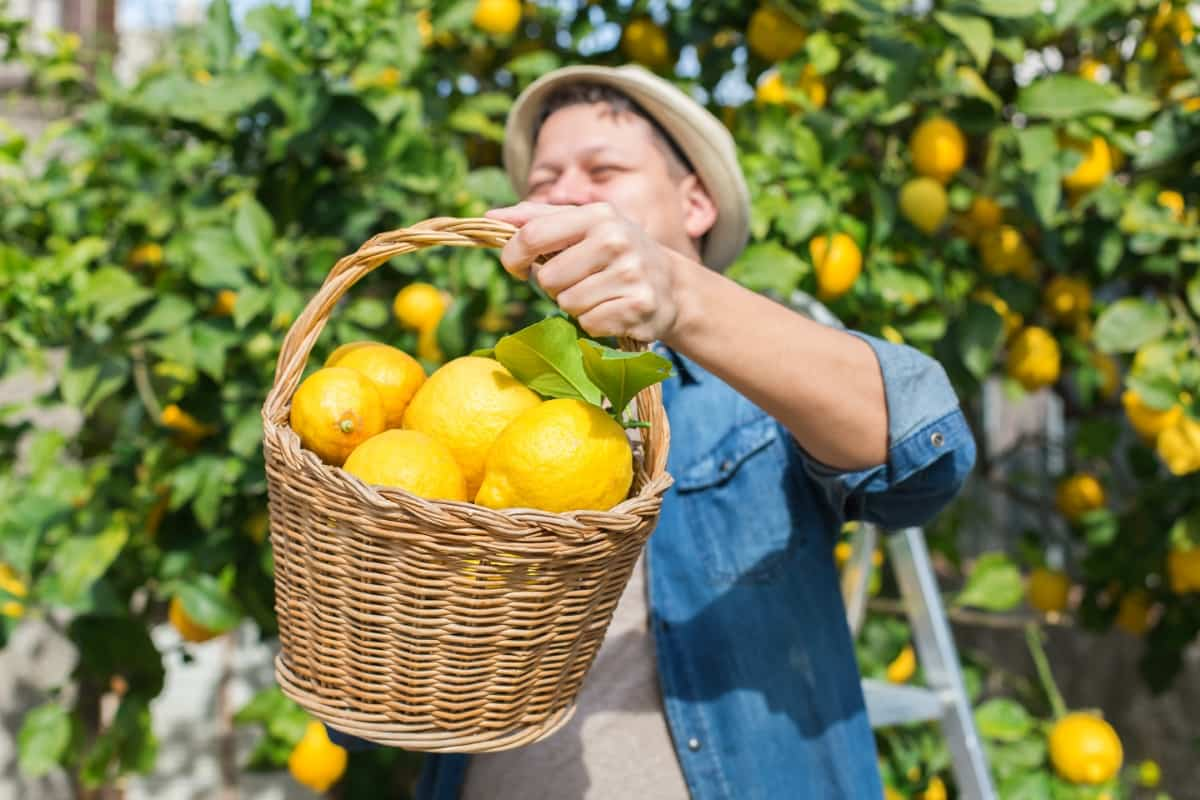
Propagation Methods
The common method is through seeds, but Lemon trees grown from seeds may not always produce fruits true to the parent plant. For more reliable results, consider using vegetative propagation techniques such as air layering or grafting. Air layering involves inducing roots to form on a branch while attached to the parent tree before cutting it off to create a new plant. Grafting involves joining a bud or shoot (scion) from a desired variety onto an existing rootstock.
Planting Techniques
Seed Propagation: Lemons can be grown from seeds, but this method is less common due to the variability in fruit quality and the time it takes for the Lemon trees to bear fruit.
Budding/Grafting: This is the most common method for commercial Lemon farming. Desired Lemon varieties are grafted onto rootstocks to ensure consistency in fruit quality and yield.
Cuttings: Lemon trees can also be propagated from stem cuttings, where a portion of a mature tree’s stem is planted in the soil to develop plant roots and grow into a new tree. Water your newly planted Lemon tree thoroughly and add mulch around the tree base to retain moisture and suppress weeds. Regular watering and care will help your tree establish strong roots for optimal growth.
Drip Irrigation in Lemon Orchard
This water-efficient method ensures that each Lemon tree receives the right amount of moisture directly at its roots. By minimizing water wastage and evaporation, drip irrigation helps conserve resources while promoting healthy growth. Installing a well-designed drip system in your Lemon orchard can significantly improve fruit quality and yield. It allows you to control the watering schedule more precisely, catering to the specific needs of your trees throughout different growth stages.
The consistent and targeted hydration provided by drip irrigation also reduces the risk of diseases caused by overwatering or uneven moisture levels in the soil. With this efficient watering technique, you can optimize nutrient uptake, leading to vibrant Lemon trees bursting with fruits ripe for harvest.
Fertilization and Nutrient Management
Providing the right nutrient balance is essential for the overall growth and development of the trees. Lemons require a mix of macro and micronutrients such as nitrogen, phosphorus, potassium, and calcium for optimal growth. Regular soil testing can help determine any deficiencies that need to be addressed through fertilization. Organic fertilizer management can be used to improve the soil naturally without harmful chemicals.
In case you missed it: High-Density Lemon Plantation: Spacing, Plants Per Acre, Techniques, Cost, and Yield
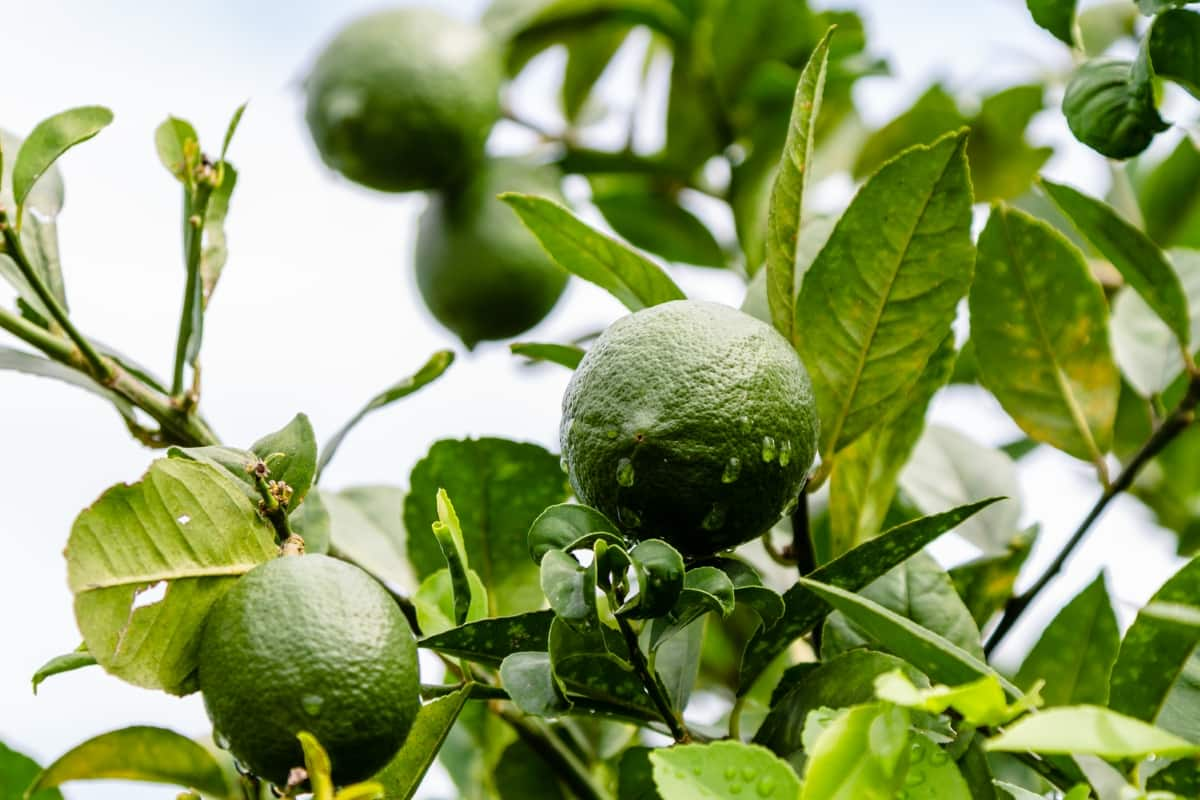
Additionally, incorporating mulch around the base of the trees can help retain moisture and slowly release nutrients into the soil. Proper timing of fertilizer application is key to maximizing nutrient absorption by the roots. It’s important to follow recommended guidelines based on tree age and growth stage to avoid over-fertilizing, which can lead to environmental pollution.
Pest and Disease Management
Pest and disease management is crucial in Lemon cultivation to ensure healthy and productive trees. Some important pests that can affect Lemon trees include citrus psyllids, scale insects, and aphids. These pesky pests can cause damage to the leaves and fruits if not controlled effectively. The effective method of pest control is through integrated pest management practices, which involve using cultural, biological, and chemical control methods. Regular monitoring of the orchard for signs of pests and diseases is essential to catch any issues early on.
Plant diseases such as citrus canker and root rot can also impact Lemon trees if proper precautions are not taken. Applying good agricultural practices such as maintaining proper spacing between trees, ensuring adequate drainage, and practicing crop rotation can help prevent disease outbreaks.
Weed Control
To keep your orchard healthy and productive, effective weed control is essential. One popular method is mulching around the base of the Lemon trees to suppress weed growth and retain soil moisture. Hand weeding is also crucial, especially in between rows where machinery can’t reach easily.
Regularly removing weeds by hand helps prevent them from spreading and choking out your Lemon trees. Herbicides are another tool in the weed control toolbox but should be used cautiously to avoid harming your citrus plants. It’s important to select herbicides that target specific types of weeds without damaging your valuable Lemon crop.
Pruning and Canopy Management
Regular tree pruning helps maintain the shape of the tree, allows sunlight to penetrate throughout the canopy, and promotes better air circulation. This reduces the risk of diseases and pest infestation while enhancing fruit quality. When it comes to pruning Lemon trees, it is crucial to remove dead or diseased branches, water sprouts, and any overcrowded or crossing limbs.
It is important to prune during the dormant season to minimize stress on the Lemon tree and stimulate new growth in spring. Proper canopy management involves maintaining a balanced structure that allows for easy access to harvesting fruits. By strategically thinning out branches and shaping the canopy, you can improve overall tree health and increase productivity over time.
Flowering and Fruit Set
Lemon trees typically flower in clusters, with each bloom capable of turning into a fruit. Proper care during this stage is essential for a successful harvest. Factors like temperature, humidity, and pollination play significant roles in determining the fruit set. Adequate sunlight exposure also contributes to the healthy development of Lemons on the tree.
In case you missed it: How to Grow Lemon Tree from Seed: A Step-by-Step Guide for Beginners
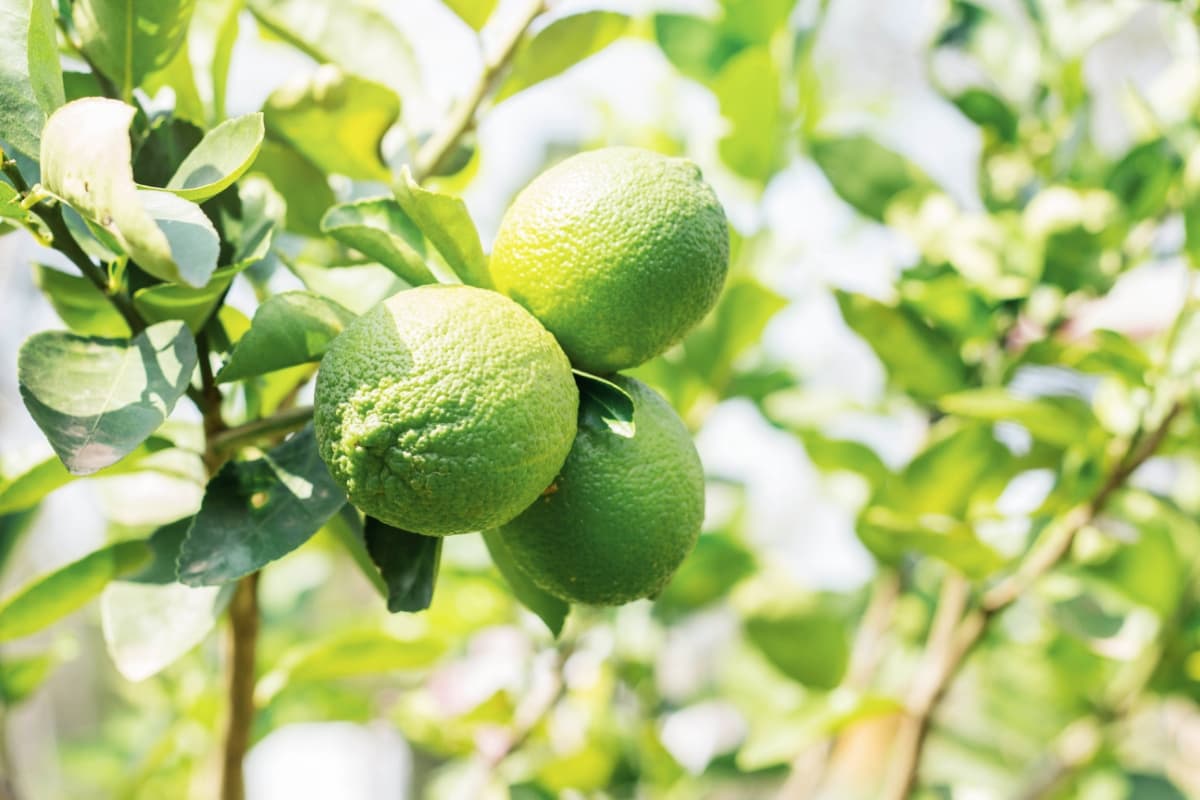
Pruning can help promote better air circulation among branches, leading to more efficient pollination and increased fruit production. Ensuring optimal conditions during flowering sets the foundation for a bountiful Lemon harvest later on. Paying attention to these details will ultimately result in healthier trees and higher yields in your orchard.
Boosting Lemon Tree Flowers
Boosting Lemon tree flowers is essential for a bountiful harvest. One effective way to achieve this is by ensuring proper nutrition and hydration for the trees. Make sure your Lemon trees receive adequate sunlight, water, and nutrients to promote healthy flower growth. By removing dead or unnecessary branches, you allow more energy to be directed towards flower production.
Regularly inspect your Lemon trees for any pests or diseases that may be hindering their ability to bloom abundantly. Consider incorporating organic fertilizers or compost into the soil around your Lemon trees to provide them with the necessary nutrients for optimal flowering. With proper tree care, you can enjoy a flourishing orchard filled with beautiful Lemon blossoms.
Harvesting and Post-Harvest Handling
Harvesting Lemons at the right time is crucial for their quality and taste. When the fruit reaches its peak color and size, it’s ready to be picked. Carefully hand-pick each Lemon to avoid bruising or damage. After harvesting, proper post-harvest handling is essential to preserve the Lemon’s freshness. Sorting them based on size and quality ensures a uniform product for market distribution. Clean any dirt or debris off the Lemons before packing.
Packaging plays a major role in the Lemons’ shelf life. Use ventilated containers to prevent moisture buildup that can lead to rotting. Store them in a dry place away from direct sunlight.
Average Yield of Lemons
The number of Lemons a tree can produce varies based on climate, soil quality, and farming practices. On average, a healthy Lemon tree can yield anywhere from 500 to 600 fruits per year. However, this number can fluctuate based on how well the tree is cared for throughout the growing season.
Organic Lemon Farming Practices
By avoiding synthetic fertilizers, organic farmers prioritize the tree health and the surrounding ecosystem. Utilizing natural ways like companion planting and biopesticides helps control pests without harming beneficial insects. Soil health is crucial for organic farming. Organic practices such as green manure, crop rotation, cover crops, and composting help improve soil fertility and structure.
Utilize integrated pest management (IPM) techniques to control pests and diseases. This includes practices like crop rotation, beneficial insect habitat enhancement, and mechanical pest control methods. Use biological control agents such as predatory insects and microbial pesticides to manage pests organically.
In case you missed it: Top 15 Steps to Boost Lemon Yield: How to Increase Fruit Size, Production, and Quality
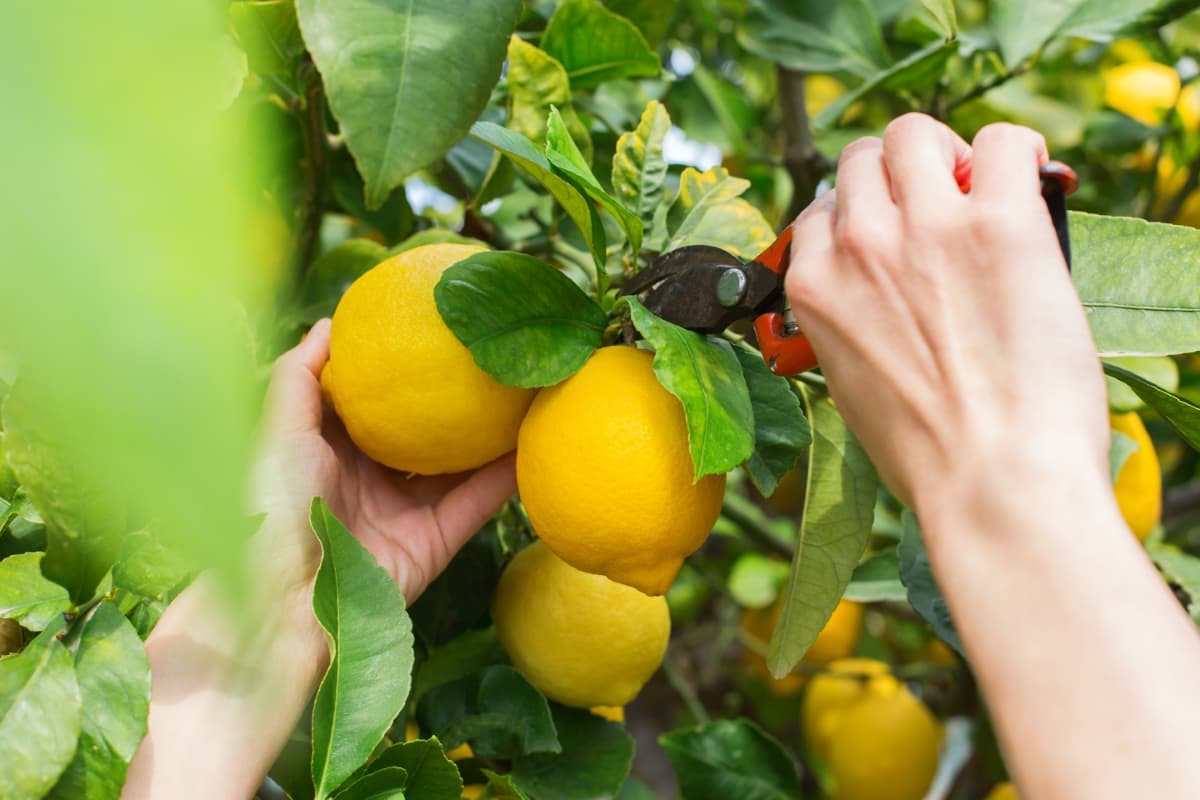
Maintaining soil health through composting and cover cropping enhances nutrient availability for Lemon trees, resulting in healthier fruit production. Additionally, implementing water conservation techniques like mulching and drip irrigation reduces water usage while promoting efficient growth. Organic Lemon farmers also focus on biodiversity by creating a balanced ecosystem that supports pollinators and beneficial organisms essential for a thriving orchard.
Integrated Farm Management
Integrated Farm Management is a holistic approach that focuses on maximizing efficiency and sustainability in Lemon cultivation. By integrating various farming practices such as crop rotation, intercropping, and natural pest control methods, farmers can enhance the health of their Lemon trees while minimizing environmental impact.
This method emphasizes the importance of maintaining a balanced ecosystem within the orchard to promote natural pest control and reduce reliance on chemical inputs. Farmers practicing Integrated Farm Management strive to create a biodiverse environment where beneficial insects thrive, helping to keep harmful pests at bay. Additionally, this approach encourages the use of organic fertilizers and compost to improve soil health and fertility naturally.
Cost to Setup a Lemon Farm
The cost to set up a Lemon farm can change based on on various factors such as land cost, location, scale of the operation, infrastructure, labor costs, and initial investments in equipment and inputs. Generally, setting up a Lemon farm could cost anywhere from ₹100,000 to ₹200,000 or more per acre, depending on several factors.
In case you missed it: Lemon Flower and Fruit Drop, Causes, Control Methods
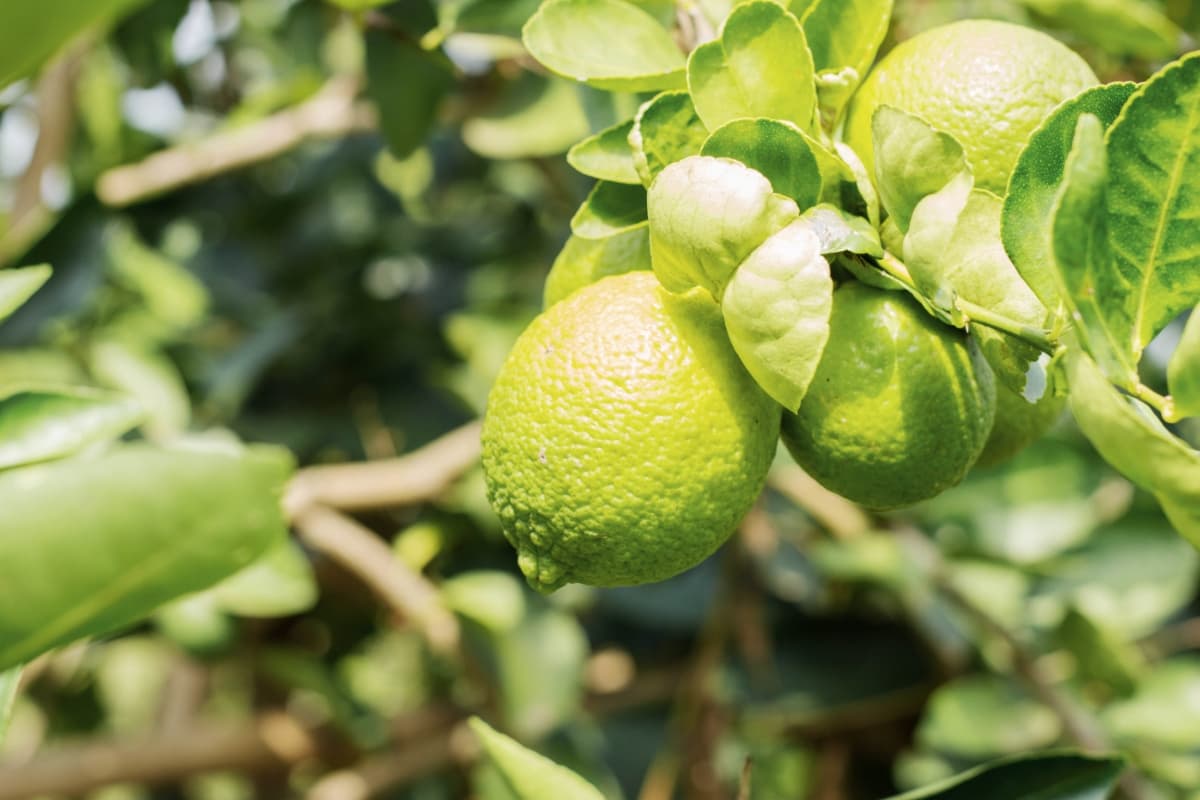
Profit Margins in Lemon Orchard
the profitability of Lemon orchards per acre varies depending on the region and market demand. Some areas may have higher selling prices for Lemons compared to others, influencing overall profit margins for farmers. The profit from a Lemon orchard per acre could be around ₹75,000 per year. The profit margins in a Lemon orchard per acre depend on various factors such as the quality of the soil, climate conditions, water availability, and pest control measures.
By implementing efficient farming practices and staying updated with market trends, farmers can maximize their profits from Lemon cultivation. Lemon cultivation is a fascinating practice that involves nurturing Lemon trees to yield delicious and tangy fruits. By implementing best farming practices and maintaining optimal conditions for growth, farmers can ensure a bountiful harvest each year.
- How to Make Houseplants Bushy: Effective Tips and Ideas
- Innovative Strategies for Boosting Coconut Pollination and Yield
- Pollination Strategies for Maximum Pumpkin Yield
- The Complete Guide to Chicken Fattening: Strategies for Maximum Growth
- Natural Solutions for Tulip Problems: 100% Effective Remedies for Leaf and Bulb-Related Issues
- Revolutionizing Citrus Preservation: Towards a Healthier, Greener Future
- Natural Solutions for Peony Leaf and Flower Problems: 100% Effective Remedies
- Maximizing Profits with Avocado Contract Farming in India: A Comprehensive Guide
- Natural Solutions for Hydrangea Problems: 100% Effective Remedies for Leaf and Flowers
- The Ultimate Guide to Choosing the Perfect Foliage Friend: Bringing Life Indoors
- From Sunlight to Sustainability: 15 Ways to Use Solar Technology in Agriculture
- The Ultimate Guide to Dong Tao Chicken: Exploring from History to Raising
- The Eco-Friendly Makeover: How to Convert Your Unused Swimming Pool into a Fish Pond
- Mastering the Art of Delaware Chicken Farming: Essentials for Healthy Backyard Flocks
- 20 Best Homemade Fertilizers for Money Plant: DIY Recipes and Application Methods
- How to Craft a Comprehensive Free-Range Chicken Farming Business Plan
- Brighten Your Flock: Raising Easter Egger Chickens for Beauty and Bounty
- How to Optimize Your Poultry Egg Farm Business Plan with These Strategies
- Subsidy for Spirulina Cultivation: How Indian Government Schemes Encouraging Spirulina Farmers
- Ultimate Guide to Raising Dominique Chickens: Breeding, Feeding, Egg-Production, and Care
- Mastering the Art of Raising Jersey Giant Chickens: Care, Feeding, and More
- Ultimate Guide to Raising Legbar Chickens: Breeding, Farming Practices, Diet, Egg-Production
- How to Raise Welsummer Chickens: A Comprehensive Guide for Beginners
- How to Protect Indoor Plants in Winter: A Comprehensive Guide
- Ultimate Guide to Grow Bag Gardening: Tips, Tricks, and Planting Ideas for Urban Gardeners
- Guide to Lotus Cultivation: How to Propagate, Plant, Grow, Care, Cost, and Profit
- Agriculture Drone Subsidy Scheme: Government Kisan Subsidy, License, and How to Apply Online
- Ultimate Guide to Raising Araucana Chickens: Breed Profile, Farming Economics, Diet, and Care
- Bringing Hydroponics to Classroom: Importance, Benefits of Learning for School Students
- Ultimate Guide to Raising Polish Chickens: Breed Profile, Farming Economics, Diet, and Care
- Ultimate Guide to Raising Australorp Chickens: Profile, Farming Economics, Egg Production, Diet, and Care
- Silkie Chicken Farming: Raising Practices, Varieties, Egg Production, Diet, and Care
- Sussex Chicken Farming: Raising Practices, Varieties, Egg Production, Diet and Care
- Homemade Feed Formulations for Livestock: Discover Cost-effective Starter to Finisher Feed Recipes
- 20 Best Pig Weight Gain Supplements: Top Swine Weight Gain Formulas
- Ultimate Guide to Elderberry Farming: Propagation, Planting, Yield, Cost, and Profit
Sir i have above 20 lemon’s tree and by mistake i put over dose of zinc and
Boron
What are the symptoms of Lemon trees now?
I have a 3000 square meters land in western UP, and I want to grow lemon trees in that land, please guide.
Select high yielding lemon trees and make sure they are healthy seedlings before purchasing from local nurseries. Lime plants need plenty of water for quality fruits, flowering and high yields.
As per standard I am planting trees at a distance of 4.5 X 4.5 and taking plants from GB pant agriculture university.
can I plan Guava tree in between rows till these plant grow up.
Not Guava, you can go for intercrops in lemon orchard with any gram crops and vegetables during first 2 to 3 years period.
Hello sir, I stay in a District of Telengana, I have a land nearly 1400 sq. Yard. I am interested in plantation. Please suggest me.
Go for Vegetable Farming as Vegetable prices are skyrocketing.
Sir, I have 6 acre land in Rajasthan with saline water, I want to be a horticulturist. Which type of fruit plants should I adopt for healthy farming?
You can go through: Soil Types and Suitable Crops.
Sir I am a farmer from Uttarakhand region. Please share from where could I get high yielding varity of Lemon saplings.
Advise me please, I want to plant lemons in my field.
What information you require?
Hi
I am growing Balaji Lemon Plants in my farm. Have the issue with plants, please suggest what to be done. Leaves are becoming black color, How can add pictures here so that it will be clear..
Thanks
You can read this to get an idea: Frequently Asked Questions About Plant Diseases.
Hi, I Need to Start Lemon Faring In Vadodara, Gujarat. I Have About 3.5 Acre Of Land. Can You Please Guide Us?
Lemon farming is very easy just like mango or guava. Lemon trees require a good amount of water for the quality of fruit. Sandy loam soil works very well. The plan distance depends on the variety. usually, 10 feet is the best option. Pruning at right time and controlling any pests is your utmost priority. You can use compost 3 to 4 times a year apart from NPK.
Hi,
I want to start farming of lemon fruits at hill area of Nepal ( 1100 m hight). the soil of my land is red and the supply of water is quite good. how & where can I get a quality lemon plant. Please suggest to me.
Hi Sir,
I am from tamil nadu. I have planned to plant Lemon in 6 acr of land. Its black soil and good water source.
during winter land will have rain water for 1 feet for two months. will too much water will affect the lemon tree?
Hi sir how many trees can we accommodate in one acre in case of lemon farming
It all depends on variety, soil type, planting method, planting type. In High density or Ultra high density lemon farming more plants can be planted. Usually with 10 x 10 or 10 x 15 , you can easily plant 200 plants per acre.
Hello Jagdish Reddy Gaaru,
I am really impressed with your passion on agriculture. As I am also from a farming background, willing to start farming along with my regular job.
Now, I am planing to plant Lemon Trees in my hoe town which is near Dhone, Kurnool Dt, Andhra Pradesh
Soil type: Red
Water : Moderate
Thinking of Balaji variety lemon plants.
Could you please suggest, whether the Balaji Lemon variety is good?
Which Planting method and type gives better income.
And Also would like to know about any contractual agriculture is available in Lemon farming, I mean, any company makes an agreement with the farmer ahead of crop ?
Hi Sir,
I am from Andhra pradesh.I have planned to plant Lemon in 5 acre of land .it is black soil(70 Black soil and 30% red sand soil)and good source of water.is it black soil is suitable for lemon?and also which lemon variety is good?
which planting method and type gives better income?
Hi Jagadish Garu,
What is the right time to prune 2-3 year lemon trees? Like can we do it in February or not?
Would appreciate your inputs.
FYI..
Locaation: Mahaboobnagr District, Telangana, India
Thanks,
Raj
You should prune in summer for better growth for following rainy season.
Which type of lime is best for commercial farming.?
HI
I m from Muzaffar Nagar Uttar Pradesh. Presently we are cultivation sugarcane. We want to shift on Lime. Please suggest me best variety for commercial farming. I want to cultivate lime in 3 Ac.
Please suggest the variety and plant supplier.
Thanks
Ravi
hi, i have two acre of land which has clay soil, soil become hard during summer and sticky during rainy season, is clay soil suitable for lemon tree?
Hello sir,
I wanted to plant lemon trees in my farm. There is water scarcity where my farm is located it is near Solapur city. I planned to plant 100 trees.
What are the water requirements for lemon trees? I was thinking of doing drip irrigation using plastic bottles. Normally what would be the water requirement for a lemon tree per week during summers and winters?
Hi Jagadish Reddy GarU,
I want to plant Mosambi trees in my 2.5 acres of land. It is red soil near to Anantapur district Andhra Pradesh.
Can you please advise me on the budget requirement.
Please check this: Mosambi Cultivation, Cost, Profit.
Sir
I have around 500 Lemon Tahiti plants. Plant age is 2 years. Fruits started but i observed that there is no much juice in fruit. Can you guide?
I need the qualified persons to cultivate lemon plants
I have mango farm and I am thinking of planting of lime at all four corners of my farm. Tell me the which variety will work very well in my soil and weather conditions. I am from bijnore district uttar pradesh. Ganges is about a 800 meter from my farm. Will you suggest dense farming at all corners.
Hello Sir,
I have planted about 110 lemon plants (initially all Kagazi varieties, and later some got replaced with Balaji). We are farming naturally, with no chemicals being used. We supply Jeevamruta every week and use the same for spraying in addition to Neemastra. Supply of water is through Drip – twice a week during summer (34 degrees) and once a week during winter (28 degrees). However, the majority of Kagazi withered away, and Balaji are surviving with little growth. It is a nearly 20-month-old farm. My questions are
1. what are the best-suited varieties of Lemon for the Mysuru district
2. How much water be supplied every week through drip
3. What should be the height of a 2-year-old lemon plat – Kagazi and Balaji types
4. Best practices used in lemon farming